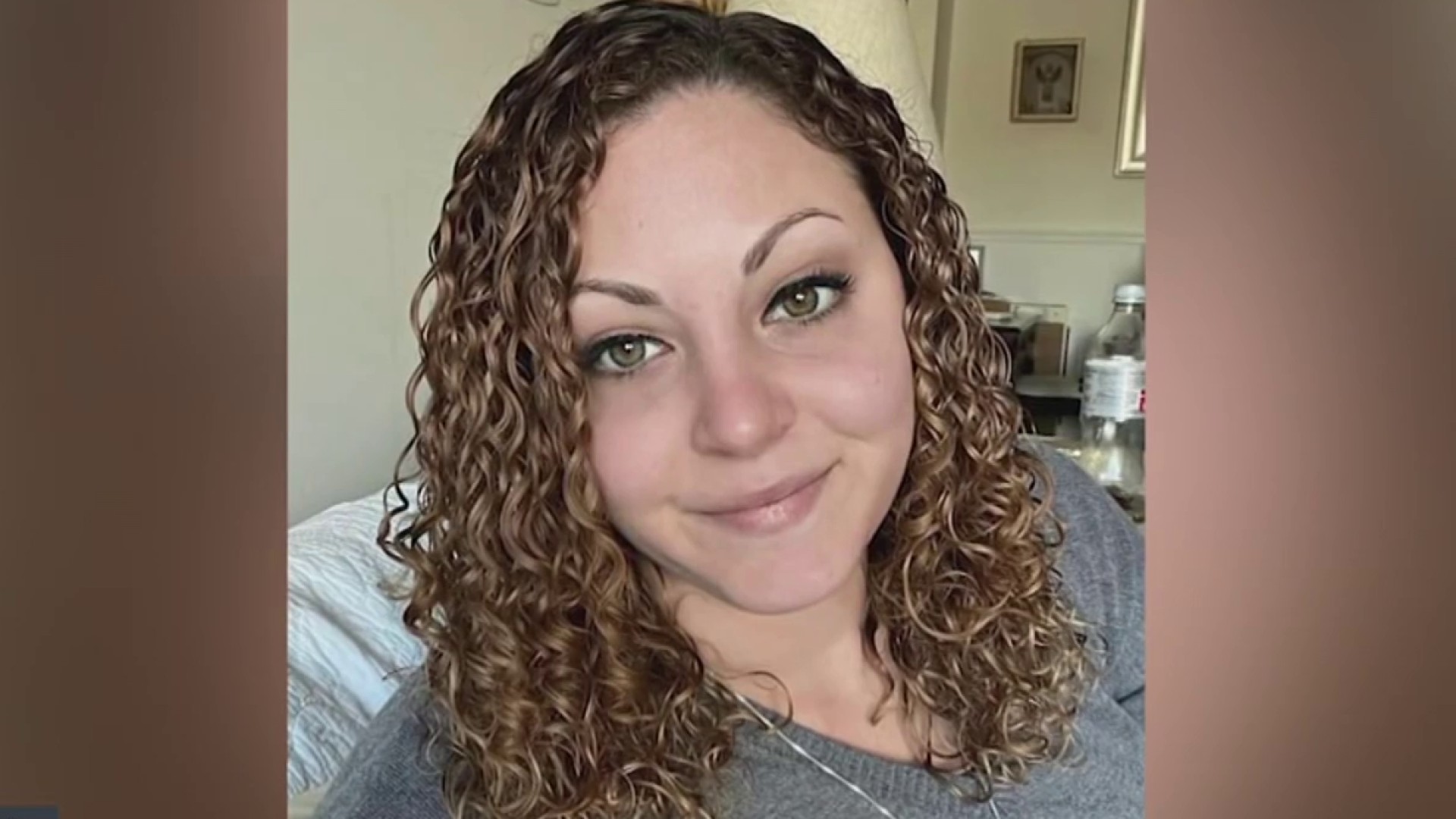The explosion lit up the Loudoun County correctional office into a "bright orange ball of fire."
Started with a homemade firebomb made from a glass bottle, explosive liquid and a white t-shirt, the 2015 blast caused more than $300,000 in damage.
No one was hurt. But Loudoun County Fire Marshal investigators said the bomber, Jonathan Godoy of Frederick, Maryland, was specifically targeting law enforcement.
And, they said, the materials for his bomb cost only $20 and could be bought at a corner store.
"The device lit up the room real well, with a bright orange ball of fire," said Chris Doyle, an investigator with the Loudoun County, Virginia Fire Marshal's office. Godoy pleaded guilty to the attack and has been sentenced to nearly 16 years in prison.
That was one of at least 600 threats or uses of homemade bombs and incendiary devices that Washington, D.C.-area police have investigated since 2014, according to an investigation by the News4 I-Team.
The incidents include other plots to attack local law enforcement and police buildings or homes.
Local
Washington, D.C., Maryland and Virginia local news, events and information
And law enforcement officials said some of the seized devices show homemade explosives and incendiary devices are easy and inexpensive to manufacture.
A Dundalk, Maryland man faces trial in November for an alleged plot to detonate explosives at a Pennsylvania State Police barracks. Howard Cofflin has pleaded not guilty to charges or making bomb threats and assault.
Investigators said Cofflin had stockpiled ammunition and materials to produce a bomb. They said he was plotting to level the police barracks in Loganville, Pennsylvania.
His defense attorney did not return requests for comment.
Also among the cases: That of a Stafford County, Virginia man who was convicted of tossing homemade explosives at police in Montana. The police were pursuing Laurence Stewart after he was suspected of bombing homes in Stafford County, including those of law enforcement.
U.S. Justice Department records show at least 90 incidents in which law enforcement have been targeted by homemade explosives over a recent four-year period.
Anne Arundel County fire investigator Robert Howarth said such devices are increasingly easy to manufacture. "They're easy to get," Howarth said. "They’re fairly inexpensive, because the chemicals themselves aren’t illegal. There are other uses for them."
The U.S. Department of Homeland Security said it offers training to law enforcement officers nationwide to better to detect and track homemade explosive devices before they are deployed.



